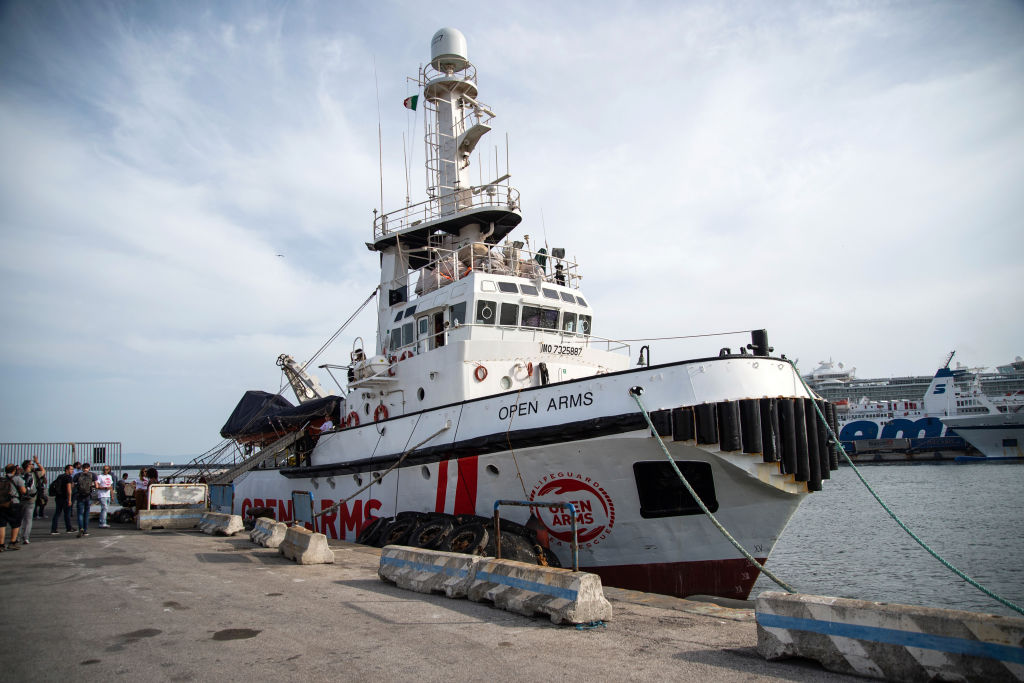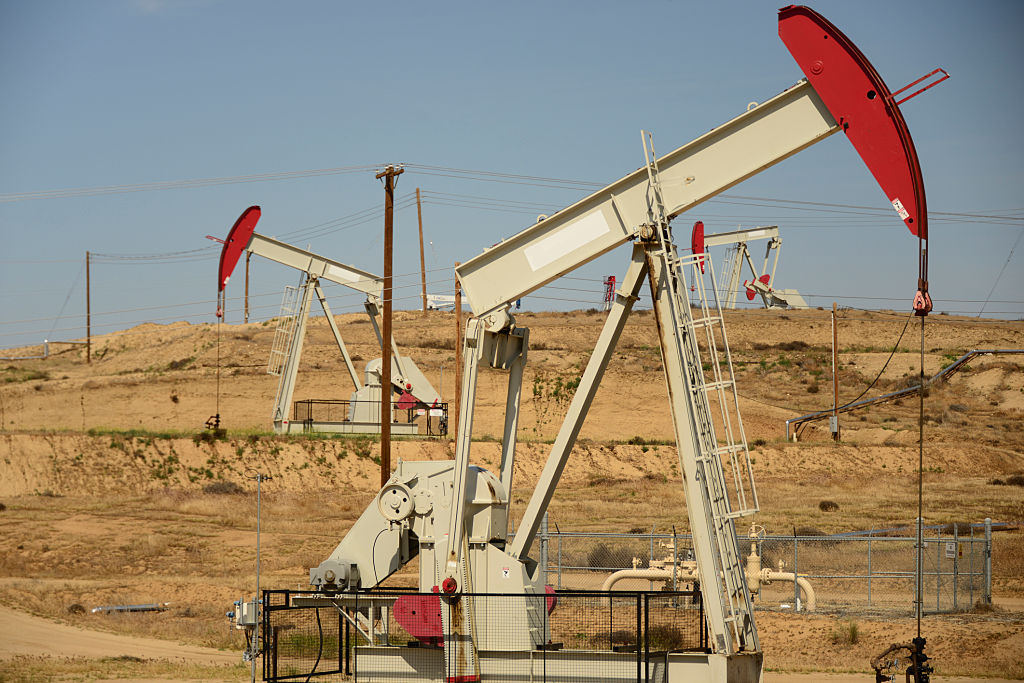The Italian island of Lampedusa saw a huge influx of migrants over the weekend, forcing the national government to move large numbers to the mainland.
On August 25, almost 2,000 people in more than 60 boats reached the island. A day later, just under 1,800 came. In total, 4,121 migrants arrived in Lampedusa over the weekend, including more than 240 unaccompanied minors.
The massive wave of arrivals comes despite a deal between the European Union and Tunisia designed to limit the number crossing the Mediterranean Sea. Europe has agreed to pay hundreds of millions of euros in exchange for more secure borders in Tunisia.
Most of the migrants are sub-Saharans who came via Tunisia, a major transit point for human-traffickers.
These numbers far surpass the island’s capacity, as accommodation facilities for migrants on Lampedusa officially accommodate just 440 people.
The Italian public broadcaster Rai described the situation as an “absolute emergency”. The island’s mayor Filippo Mannino stated that the situation has “exploded in the hands of the government”.
“Europe is the problem. We need to take a different path,” he said.
To relieve the pressure, as many migrants as possible are being transported to the mainland by Rome. The operation falls under the Minister of Infrastructure and Transport Matteo Salvini. He stated: “I believe that a new security decree will be necessary as early as September, as Italy cannot be the point of arrival for migrants from half the world.”
As with Lampedusa, many Italian cities are also struggling to handle the influx. Some fear they will have to set up tented communities.
Salvini also invoked Europe, saying: “After so much talk, Europe must spring into action. Italy’s borders are Europe’s borders, and since we send billions [of Euros] to Brussels every year, border defence must be a European priority.”
The crisis turns further attention on NGO boats that keep bringing migrants to Lampedusa, despite demands from the authorities to instead transport them to designated locations.
The police chief of Agrigento, Emanuele Ricifari, said he hoped that “all NGOs respect the port indications given by the Italian authorities”. He pointed out that the rules only “allow for different interpretations” when there are “serious and real safety issues”.
More than 100,000 asylum seekers have arrived in Italy this year – twice as many as in the whole of last year. Approximately half of them departed from Tunisia. This is despite the strong anti-immigration rhetoric coming from Georgia Meloni’s Italian Government.





